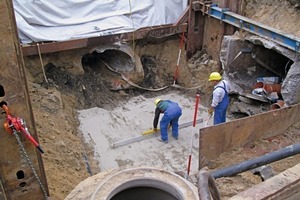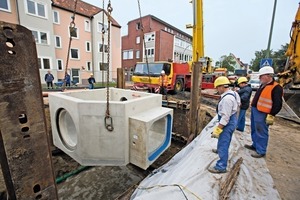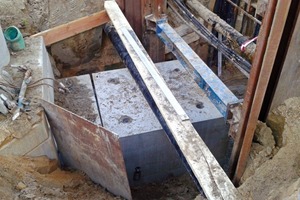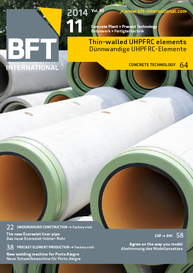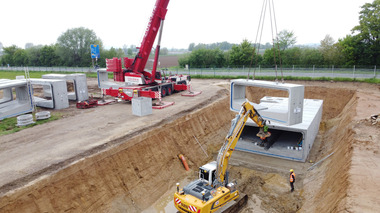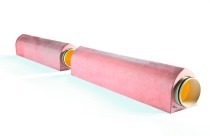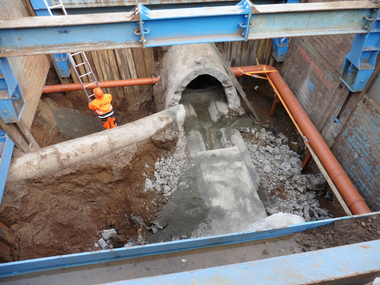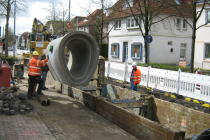High-quality sewer with high capacity
Based on a study of the German Association for Water, Wastewater and Waste (DWA), about 17 % of the public sewers in Germany are in need of renovation. The most frequent cause: the high age of the sewer network, since only around one third of the sewers was built in the past 25 years. The major portion, approx. 36 % of the German sewers, has currently an age of between 26 and 50 years. The rest is still older.
The most frequently encountered damages are those caused by defective connections. The reason for this is the unavailability of spot drills at the time and the cracks in the pipe systems, due to the heavy increase in traffic, in particular truck traffic.
A precisely 100 year old sewage system has now been replaced in the 450 m long Kornstrasse in the German city of Osnabrück. To ensure that the new system attains the specified service life of additional 50 to 100 years, the components used had to meet special quality requirements.
Avoiding pollution
However, it was not only the age of the sewer that prompted the Osnabrück municipal utilities to act. “The renovation of the separation system in Kornstrasse was necessary, because the sewers already showed signs of damage, such as cracks and leakiness. Reliable drainage could therefore no longer be ensured in the long term. In addition, there was the danger of harmful pollution of the groundwater,” explains Daniela Fiege, site supervisor in the drainage networks and plants department of the Osnabrück municipal utilities.
For that reason, work to install a new concrete rainwater sewer began already in 2013. For hydraulic reasons, the cross-section was enlarged from 1 m to 1.20 m. “With that, the rainwater sewer now has a sufficient capacity to retain also rainwater events of larger scale,” says Fiege.
Parallel to the sewage works, the service lines to the buildings were also replaced, since these had shown various signs of damage as well. The existing high-pressure gas pipeline with a diameter of 20 cm presented a particular challenge. “The new to be installed service pipes would cross not only the high-pressure gas pipeline, but the rainwater sewer as well,” explains Fiege. “In the area of the high-pressure gas pipeline, the sewer was not constructed of circular concrete pipes, but of pipes of rectangular cross-section to enable the crossing,” said the site supervisor.
Preassembled
shaft structure
For connecting the new to be installed sewers in Kornstrasse to the existing sewerage in Bramscher Street, the company Betonbauteile Kleihues of Emsbüren supplied a concrete shaft structure with a weight of 24 tons, a height of 2.5 m and a width of 3 m.
The installed shaft structure and all of the concrete pipes meet the most stringent requirements of the quality guidelines of the German Trade Association Concrete Pipes and Reinforced-Concrete Pipes (FBS). These encompass factory production control with complete quality control, ranging from the constituent materials through production and extending to the end products.
Another special feature is the construction of the shaft structure of prefabricted elements in the manufacturer’s plant. “Instead of assembling the individual shaft walls at the construction site, which is a highly complex process, the structure was already preassembled in our plant,” explains Dipl.-Ing. Paul-Martin Großkopff, managing director of Kleihues Betonbauteile.

